
Featured Articles:
-
“5 Dumb Ways to Teach Writing to Youth” by Stephen Palmer
-
“The Problem with Books” by Oliver DeMille
TJEd NEWS:
******************
Featured Article:
Our friend and partner (in The Center for Social Leadership) Stephen Palmer is a NY Times Bestselling author and a fabulous mentor and thought leader. He recently served as a presenter in a writing class our adult children are teaching to youth in our area. He was such a hit that we asked him to write a guest post here on teaching writing to youth. Enjoy! -Oliver & Rachel DeMille (P.S. and join his writing class, starting Monday, April 1. See details below to get a $100 scholarship to his class, plus 4 bonus gifts!)
5 Dumb Ways to Teach Writing to Youth
I’ve been a professional freelance writer and author for seven years. Which means I’ve made more boneheaded mistakes with writing than anyone.
So trust me when I say I know where most people go wrong with writing and teach it the wrong way, thus stifling creativity and misleading youth.
Here are a few of the dumbest ways to teach writing, followed by the right ways:
 1. Expect Them to Write Without Writing Yourself
1. Expect Them to Write Without Writing Yourself
“You, not them.” We all know it and believe it.
So why do we think it doesn’t apply to writing? Why do so few homeschooling parents engage in meaningful and consistent writing—especially when writing is perhaps the best way to learn how to think, which is the ultimate goal of TJEd?
You can’t expect your students to write if you don’t write. So write. Every day. Your standard for what and how often you write should be what you expect of your students. If you expect them to write a detailed essay about every book they read, then you should do the same.
The more you write, the faster you’ll learn and the more qualified you’ll become to teach them.
2. Teach from Textbooks
Writing is like math — when we don’t know how to do it, we tend to want to teach it from textbooks, so that students at least learn the basic processes.
(And need I point out that if a teacher doesn’t know how to teach writing, it’s because he doesn’t do it much himself?)
Learning writing from textbooks is like learning how to swim on land.
The best way to learn writing is to absorb it from great writers. Specifically, this means reading classics, literature, and poetry.
Spending a few weeks immersed in Robert Frost, Victor Hugo, Elbert Hubbard, Khaled Hosseini, and Lloyd Douglass will teach you infinitely more about writing that spending a few years in typical English classes using textbooks. As Vincent Van Gogh said,
“I firmly believe that my work will improve by my seeing more pictures, because when I see a picture, I can analyze how it is done.”
As you read, so shall you write.
3. Focus on the Technicalities
I can teach anyone the rules of grammar, punctuation, and syntax.
Infinitely harder to teach is the principle that writing is more about transformational thinking and big ideas than technical skill. Powerful ideas are more important than polished language.
Get your students engaged with big, fun, imaginative ideas. Have them write freely about things they care about, things they’re passionate about.
Once they start giving you fabulous stories, poetry, streams of consciousness — which will be saturated with technical mistakes — you can then harness their raw, unbridled passion to teach them the rules. They’ll be much more receptive to learning the rules in that context.
I’d rather have a wild stallion as a student who thinks wild and free, than a docile gelding who knows the technicalities but doesn’t know how to think.
I love what B.J. Palmer says about this:
“I have yet to know of a grammatical shark who has written anything worth anything to mankind. Being grammatical hounds, they eke out an existence in a college, with a pittance of a living, teaching the youths how to grammatically parse a sentence, but never teaching them how to think to say something of genuine worth to mankind. These types tend to hold the world in status quo. The men who move worlds think.”
With that said, understand that technicalities are important; we can’t effectively influence people when we look like idiots because we don’t know the rules.
But context makes all the difference to the technicalities. Big ideas should be the pilot, technicalities the co-pilot.
Your students will learn the technicalities much faster when you lead out with big ideas—which are discovered by reading, discussing, and writing about classics.
4. Focus on Vocabulary and Descriptive Adjectives
 English teachers and textbooks will teach you that writing is about words.
English teachers and textbooks will teach you that writing is about words.
Professionals will teach you to get the words out of the way. Writing isn’t about words; it’s about conveying meaning.
The art of effective writing is to convey the biggest idea with the greatest transformation in the fewest words possible. As Chuang-tzu said,
“The fish trap exists because of the fish. Once you’ve gotten the fish you can forget the trap. The rabbit snare exists because of the rabbit. Once you’ve gotten the rabbit, you can forget the snare. Words exist because of meaning. Once you’ve gotten the meaning, you can forget the words.”
Leveraging powerful verbs is the best way to cut words and communicate greater meaning.
High school English teachers would praise your students for writing “descriptively,” such as this piece:
“The huge wave moved up the shore quickly and hit the rocks hard. When it hit the rocks, a small, white and gray seagull cried out and flew away.”
But watch what happens to that piece when we whack the adjectives and use better verbs:
“A wave blitzed the shore and pulverized the rocks. Upon impact, a seagull shrieked and fled.”
Don’t say, “He carried the heavy suitcase across the room and set it down at the door.” Say, “He lugged the suitcase across the room and dropped it at the door.” The verb “lugged” conveys the meaning of “heavy,” so we can cut the adjective while actually elevating the meaning. Fewer words, greater impact.
Verbs convey more meaning than any other form of speech. One of the simplest and fastest ways to improve your students’ writing is to train them how to leverage powerful, unpredictable verbs.
5. “Write About What You Learned Today”
Ask any teenager what they learned at school today, and you’ll inevitably get the same dull response accompanied with a shoulder shrug: “I dunno.”
It doesn’t mean they didn’t learn anything; it means that angle doesn’t strike a chord with them.
Urge your students to write about what they’re passionate about. Things they care deeply about. Injustices that bother them. Experiences that have hurt and angered them. Things they wish they could change about the world. The kind of life they envision for themselves. Things they look forward to.
To foster true thinking, don’t have them regurgitate junk they read. Teach them to extract principles from what they read, then repackage those principles in a letter to the editor that makes an original point.
(Speaking of which, getting them published is an excellent way to get them engaged.)
In conclusion, writing is indispensable to Leadership Education. There’s no better way to learn how to think.
And if you want your students to learn how to think, what are you doing to learn how to think?
They say the pen is more powerful than the sword. Likewise, you taking up your pen is more powerful than trying to force your students to take up theirs.
Editor’s Note: To help super-charge your I.Q. (Inspirational Quotient) in writing, you may want to take your own writing to the next level. Stephen Palmer will be teaching “Write Like a Leader” from April 1 – 25, 2013, for up to 25 students. Only a few “seats” remain in the online class, so if you are interested, please do not delay.
Register here and use the coupon code TJED at checkout to receive a $100 scholarship, plus these 4 bonus gifts:
- A paperback copy of Uncommon Sense: A Common Citizen’s Guide to Rebuilding America by Stephen Palmer ($14.95 value).
- A hardcover copy of The Conscious Creator: 6 Laws for Manifesting Your Masterpiece Life by Kris Krohn & Stephen Palmer ($19.95 value).
- A hardcover copy of Killing Sacred Cows: Overcoming the Financial Myths that are Destroying Your Prosperity by Garrett Gunderson and Stephen Palmer ($19.95 value).
- Any Life Manifesto poster of your choosing (excluding the personalized Family Manifesto, $19.95 value).
********************
Featured Article:
The Problem with Books
This article was previously published as a “Weekly Mentor” post. Due to high reader response, we have chosen to share it with our broader mailing list via the Inspire Newsletter. Please enjoy, comment and share…
By Oliver DeMille
 I was on eBay and Amazon this week looking for a copy of The Complete Madison, a collection of James Madison’s most important writings. I was surprised by what I found.
I was on eBay and Amazon this week looking for a copy of The Complete Madison, a collection of James Madison’s most important writings. I was surprised by what I found.
A brand new copy of the book cost $49.99, while a used copy that was “very good” and had no tears or marks cost only $42 plus $3.99 shipping.
So far so good.
But then it got really strange. It turns out that a used copy of the book that has “never been read” costs $64 but the exact same version of the book that has handwriting in it costs $.01.
That’s right, only one penny, just because the book has writing in it.
I promptly ordered the 1 penny book, plus $3.99 for shipping, because I really like a book with writing in it.
Without writing, a book is at best a two-way conversation between the author and the reader.
But a book with another person’s handwriting in it brings in another voice, and a three-person discussion always makes for better thinking and learning.
In fact, the very best find is a great book with the notes from several readers. The more who get involved in the discussion, the better for lasting learning and deep thinking.
Reading Rainbow
For example, one of my copies of The Federalist Papers has my notes in black pen from the first time I read it many years ago.
It has blue marks from the second time through, and red marks from the third time I read it.
The fourth time, I had to go to Staples and buy a green pen, and the fifth time through I made all my notes with a purple pen.
After that, I just went back to black writing—which is what I usually use and always have a pen at hand.
To tell the truth, the book is pretty marked up—and so much more valuable than a clean copy with no marks.
I feel the same about my scriptures and so many other great books.
The handwritten notes really make it better.
Like Father, Like Daughter
When one of my daughters wanted to teach her class a segment from the Federalist last winter, she asked me if she could borrow my book.
I gave her another copy from the shelf, and the next day she came back and said, “Dad, I don’t want this copy. I want the good copy, the one with all your notes in it.”
I made her promise to return it, and she immediately said that she would take very good care of it — including not writing in it.
“Wait. What? Why wouldn’t you write in it?” I asked. “If I’m going to lend it to you, the least you can do is give it back to me better than you found it. If you have important ideas, write them in!”
We both laughed, because we’ve had the same conversation before.
I’ve had the same talk with all my older kids, because a great classic is the source of a great conversation, and notes make it even better.
It doesn’t even matter who writes the notes, as long as they are reading and either highlighting, summarizing or responding.
Other peoples’ notes help you focus on their ideas as well as whatever the author wrote, and their highlights make you slow down and try to figure out why they marked it.
All of this increases the learning experience.
The Platinum Rule
Now, I’m not suggesting that you write in library books, or in another person’s book without their permission.
They might not realize that you’re trying to help them learn more.
But seriously, in what kind of society do people think that books which have never been read or marked are somehow more valuable than those that were studied, thought about, and marked up by someone who was trying to learn? Even if you don’t believe in the “Karma” that a book might carry — how is it better that a book didn’t seem valuable enough to its previous owner to crack its cover and find out what was in it? Or, if they did, that it provoked no thought or feeling in its reader sufficient for them to want to capture the moment?
By Its Cover
I mean, okay, if the goal is to use the books as decorations, to look impressive on a shelf, I guess this makes sense.
Or in a society where information is scarce and books are very rare, it makes sense to make them last.
In our society, however, in the midst of the information age where paper is cheap and the greatest books can be purchased for a penny, and where our capitol cities are dying from ignorance of the greatest classics and the principles they teach, we need a different kind of book.
We need great books that were meant to be read.
We need great books that are read, by people who think about what they’re reading and take notes and write in the book.
Over the years I’ve learned from watching a lot of students that those who write in their books nearly always learn more than those who don’t.
This is real.
People who treat books like fragile objets d’art, carefully avoiding anything that might nick, mark or bend them, usually don’t get a great education. Give me books that have been carried around in bags; books that have dog-eared covers and smudges, tear stains or odd personal items tucked between pages to save the reader’s place.
Real learning comes in part from going deep into books, and that means making them part of your real learning, and part of your life.
To accomplish this, nothing beats writing in them, because it heightens the quality of thinking and learning, as I said above.
Dear John
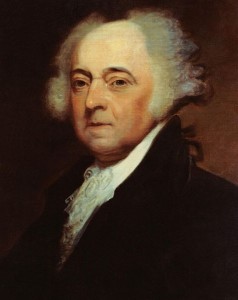 For example, John Adams wrote notes in the margins of many books in his library, and they contain some of the most important ideas in history.
For example, John Adams wrote notes in the margins of many books in his library, and they contain some of the most important ideas in history.
In fact, when the French Revolution came along he felt so strongly about it that he wrote a number of articles that were eventually published in one of his most famous books—Discourses on Davila.
And he got most of the material for his articles from his handwritten notes in the books in his personal library.
Many of the founders did the same thing, and so have a number of great thinkers in history.
And that was during an era when books were way more expensive than they are today.
So, when I look at books online or in used bookstores, I always look for books with a bunch of writing inside.
The writing drastically improves the level of thinking of future readers.
This little secret can significantly boost the quality of your thinking—and the learning of your students—as you read.
And, the best news is that such books nearly always cost a lot less!
You can get lots of them for just pennies.
And you’ll get so much more out of them when you read them.
Parting salvo: Leave no trace applies to hiking, camping, and bird watching; not reading.
********************
TJEd News:
Oliver’s new book with Orrin Woodward, LeaderShift, is debuting in on April 16, 2013!
Click the image below to see a trailer – and please like, comment and share.
Pre-order your copy today! >>
********************
Spring and Summer Events:
-
April 1 – 25: Online Writing Class with Stephen Palmer (Be sure to use the coupon code TJED at checkout when you register!)
-
April 13: TJEd all-day Seminar in Rancho Cucamonga, CA (seating limited! Register now >>)
- April 16: Oliver DeMille LeaderShift book signing Barnes & Noble- Costa Mesa, CA 6pm; speaking event 8:00 pm*
- April 17 :Oliver DeMille LeaderShift book signing Barnes & Noble- Sacramento 6pm; speaking event 8:00 pm*
- April 19: Oliver DeMille LeaderShift book signing Barnes & Noble- Sandy, UT 6pm, speaking event 8 pm*
-
April 20: TJEd all-day Seminar South Jordan, UT
- May 9-12: Teaching Self-Government Parenting Retreat, Nicholeen Peck
- June 13-15: Youth for Freedom Conference, Mesa Arizona
- June 20-22: Youth for Freedom Conference, Southern Utah
- June – July: Various seminars at Monticello College
- July 11-13: Youth for Freedom Conference, Branson MO
- More dates coming soon…



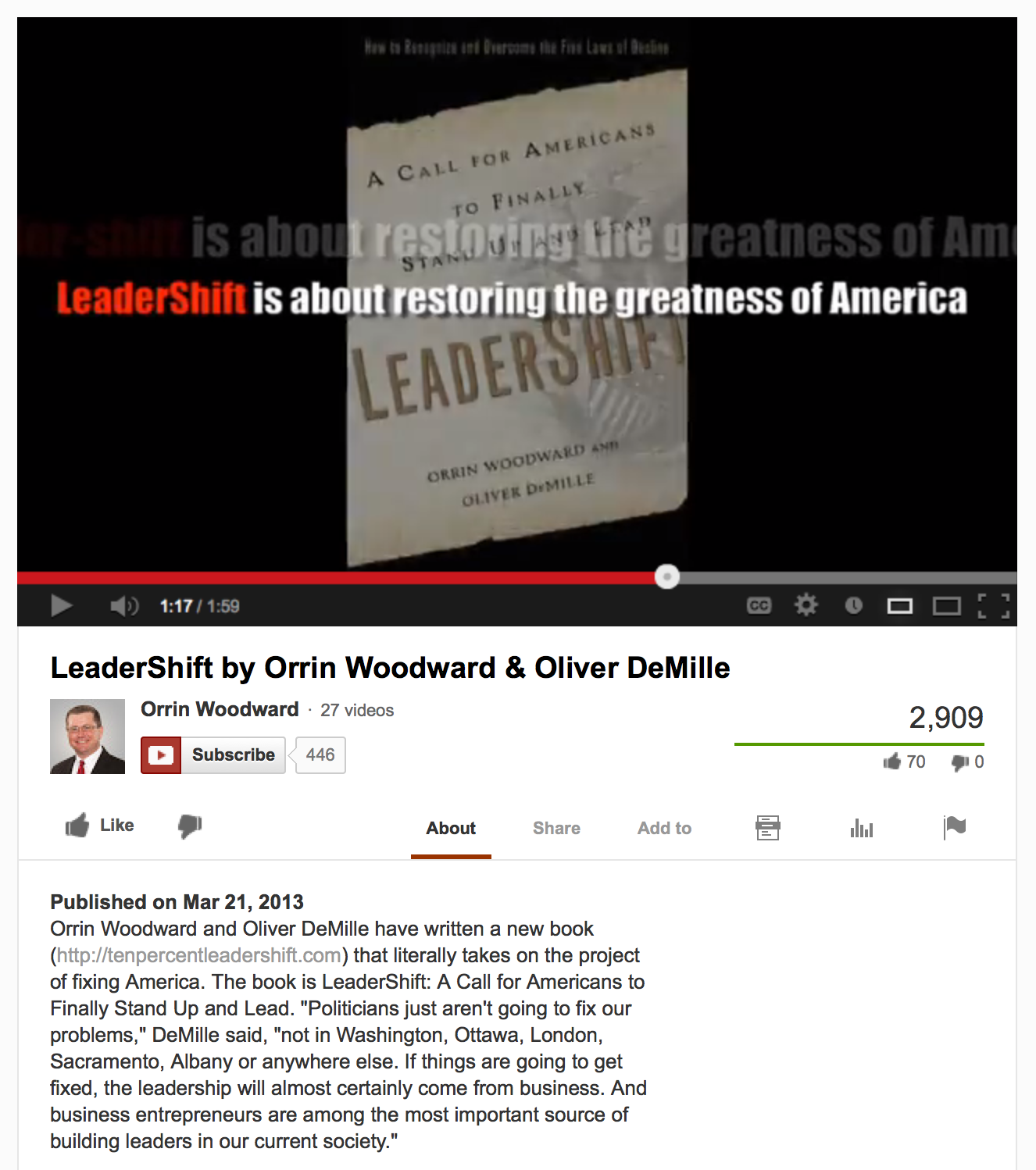


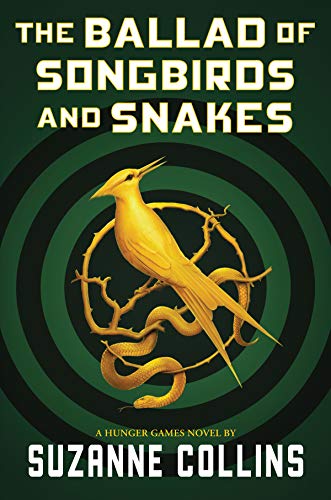




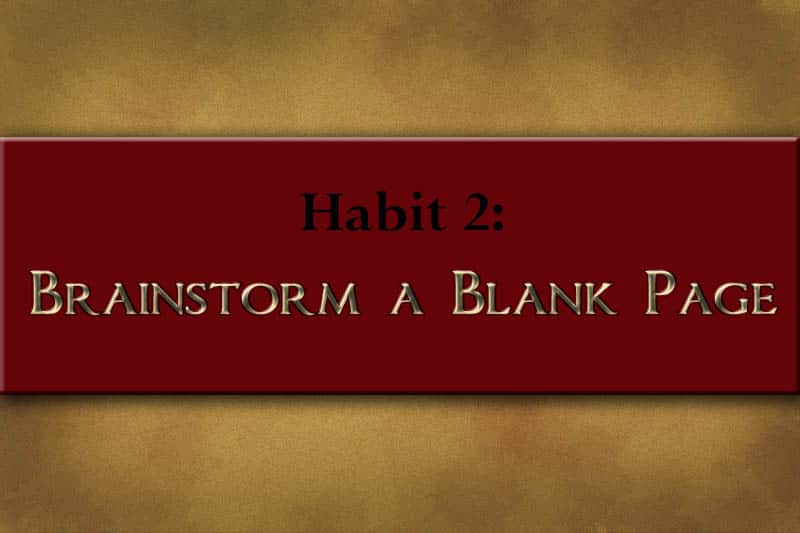







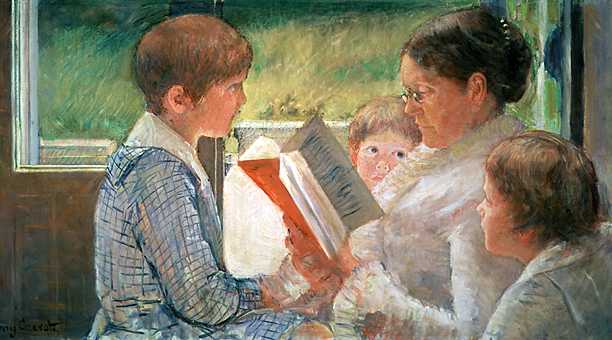

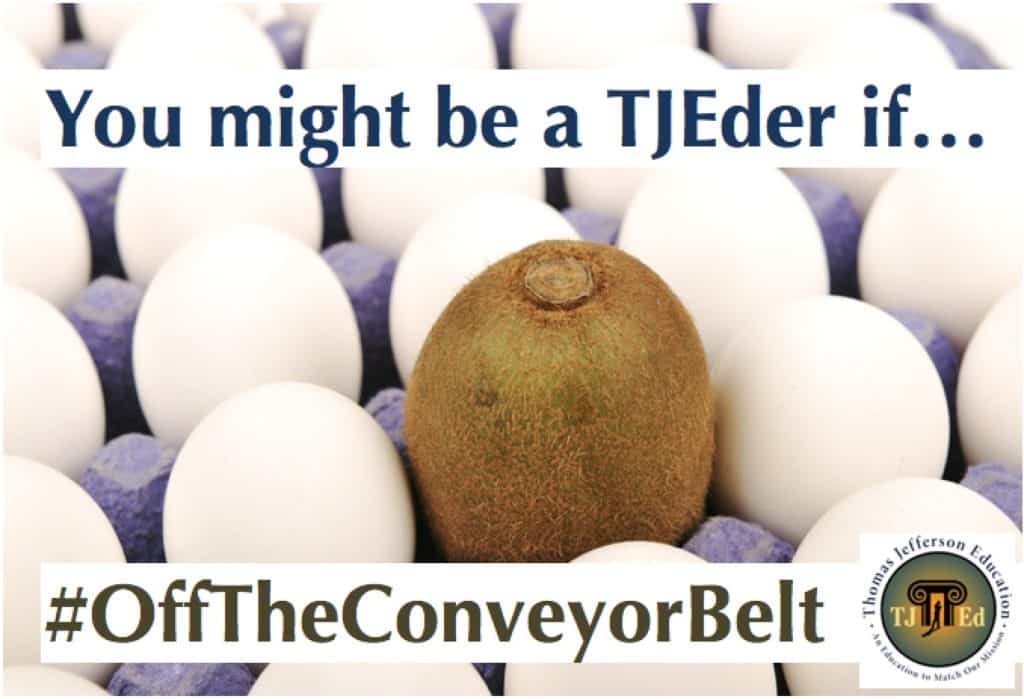


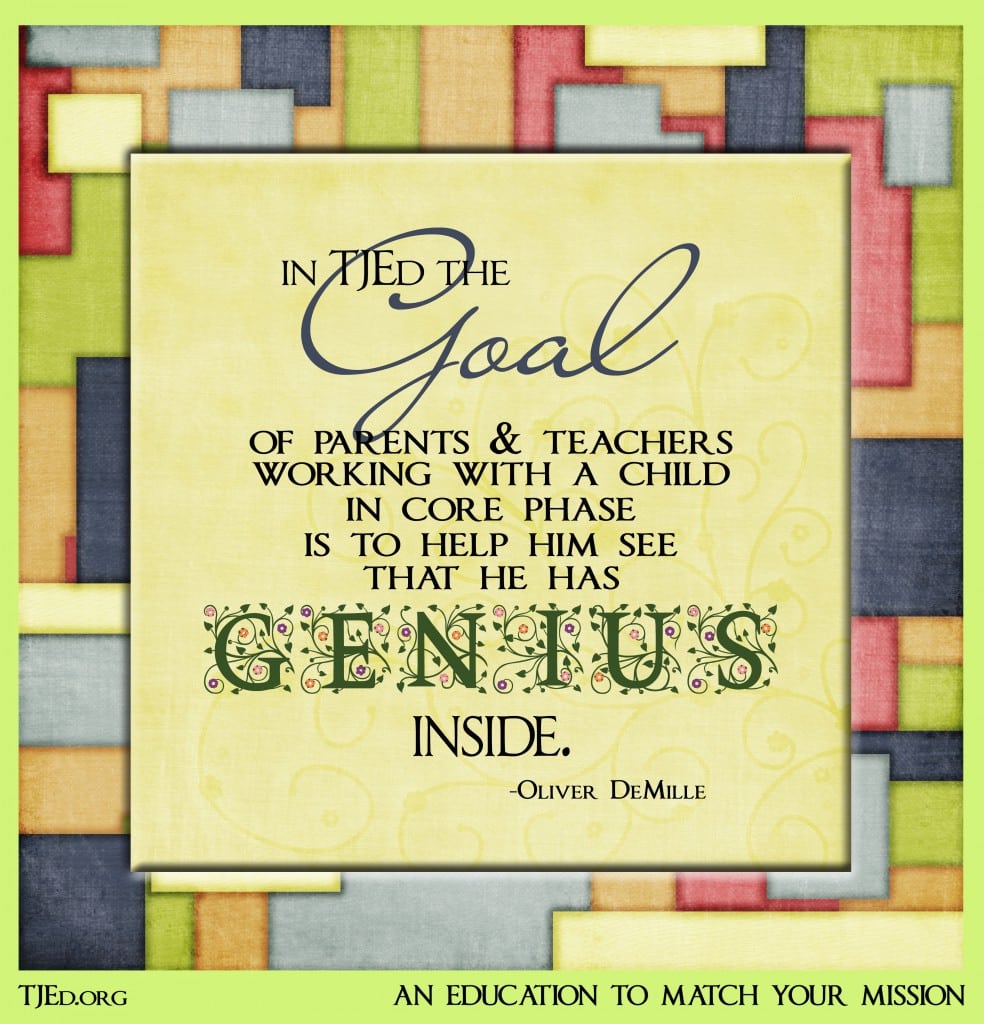



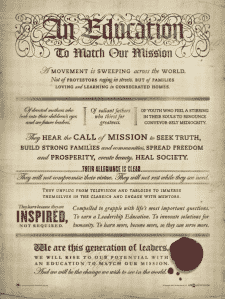



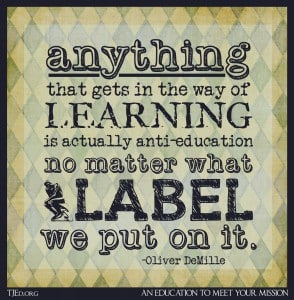
Love the comment under Reading Rainbow. I feel the same way. I’d love to see a sample page of notes on/from one of the pages of your copy of The Federalist Papers. I don’t have a style that I’m consistent with when adding notes in a book but I’d like one. So to see what others do would be of interest.
Love the thoughts on writing in books. I received a set of Great Books a number of years ago as a gift and sat down with my mechanical pencil (my note taking tool of choice – it doesn’t smear when you spill your tea on it :-)) to begin writing. A family member, who shall remain nameless, (and not one that I raised) expressed horror that I would write in a (insert dramatic voice) Great Book .
The more important the book the more important it is to write in it.
As the son of a now-retired library director, this concept both horrifies and fascinates me. I write in my scriptures with reckless abandon, yet I feel pain when I see a praiseworthy classic abused and mistreated…or even written in.
Then I remember some of the books I have inherited as family heirlooms from my great-grandparents. Their notes and underlining have helped me immensely in trying to picture them and understand how their minds worked. Otherwise, those books would carry no meaning to me.
Your article has made me think twice about this. And about the books that have sat unread on my shelves for decades.
A friend, our former children’s librarian, gave me her marked copy of “The Federalist Papers” when she moved away last year. It’s a treasure to me because it has her in it!